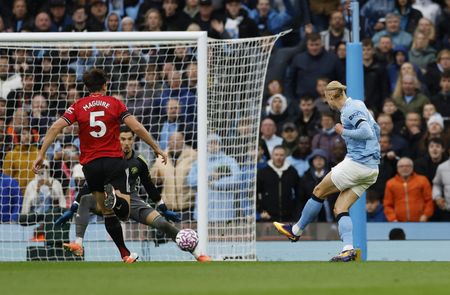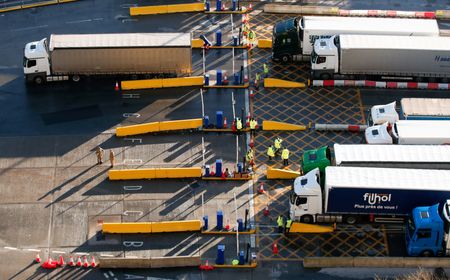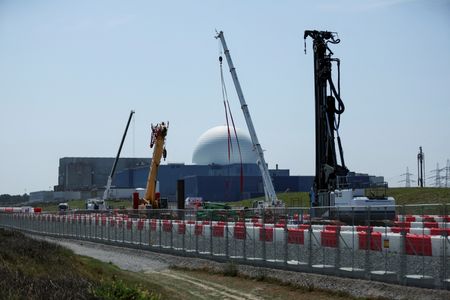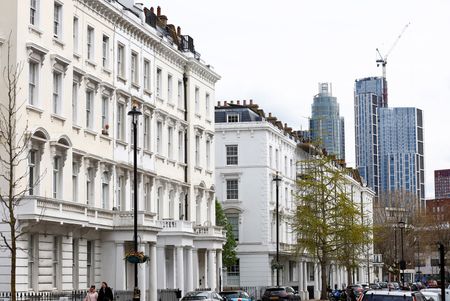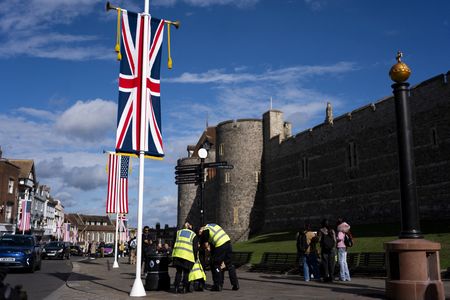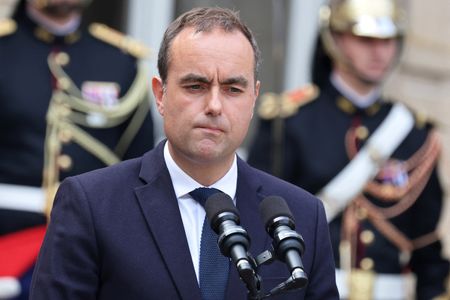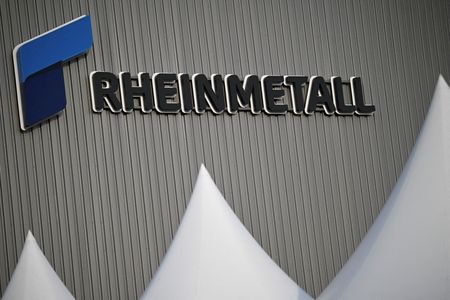FRANKFURT (Reuters) -The European Central Bank should ease policy at a measured pace to balance the risk of needlessly depressing growth and fuelling excessive inflation, ECB chief economist Philip Lane argued on Wednesday.
The ECB has lowered borrowing costs at each of its past four meetings and markets anticipate at least another three moves this year, with consumer price growth expected to fall back to its 2% target this summer.
“A middle path is appropriate, which neither over-weighs upside risk nor over-weighs downside risk,” Lane said in Washington.
“It is prudent to maintain agility in adjusting the stance as appropriate on a data-dependent and meeting-by-meeting basis and to not pre-commit to any particular rate path,” Lane added.
Lane argued that any trade tariffs imposed on Europe by the United States would weigh on growth but the inflation impact was less certain and would depend on the exact composition of the measures and the likely retaliation.
Speaking at the Peterson Institute for International Economics, Lane also appeared to downplay investors’ focus on the so-called neutral rate, which neither stimulates, nor slows growth.
The ECB has long argued that it is removing “restriction” and this has led to speculation on the exact level at which such restriction ends since this could be a possible end point for rate cuts.
ECB President Christine Lagarde put neutral at between 1.75% and 2.25%, still well below the ECB’s 2.75% benchmark rate, but Lane seemed to deemphasize the concept.
He argued that policy cannot be summarised by a single indicator, especially because neutral was an uncertain and relatively wide range.
“Uncertainty about the level of the neutral rate and, more generally, about the strength of monetary transmission inescapably sits alongside uncertainty about the inflation outlook and uncertainty about the economic outlook,” he said.
(Reporting by Balazs KoranyiEditing by Francesco Canepa and Christina Fincher)


